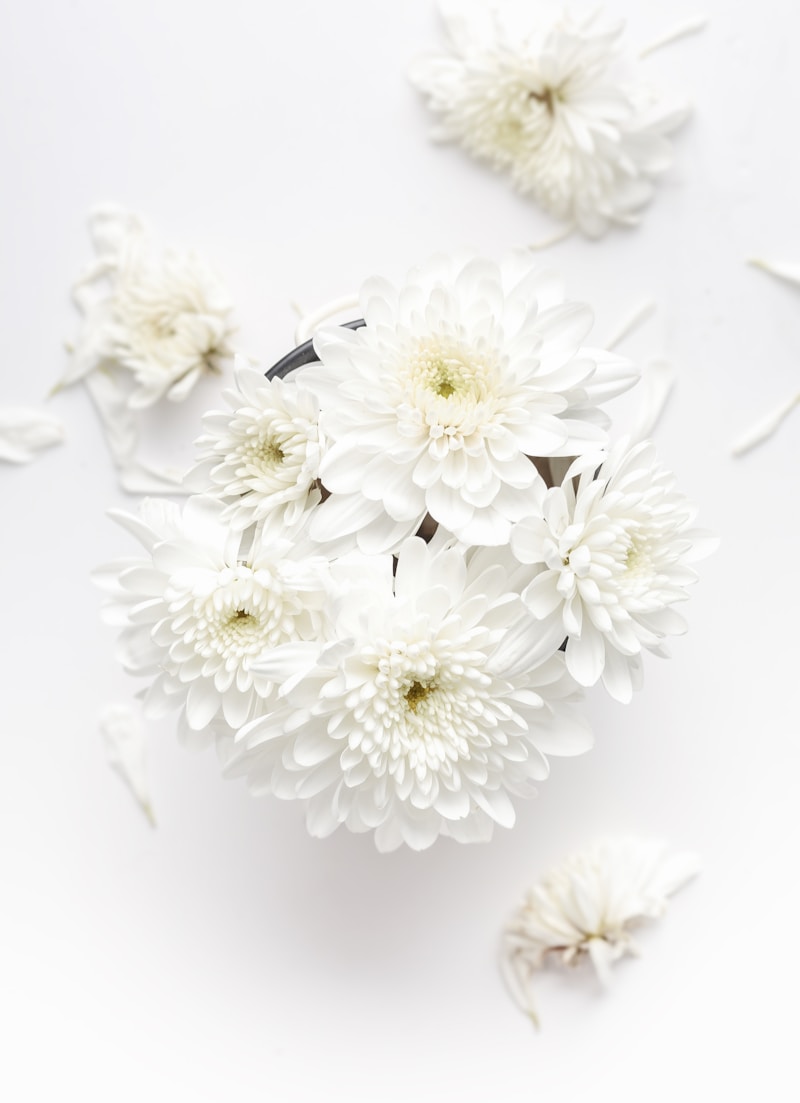Exploring the Contrast in Floral Textures: A Journey through Nature's Palette
The Beauty of Floral Textures
Floral textures are a captivating aspect of nature, showcasing a variety of shapes, patterns, and colors that can invigorate any space. With the contrasting elements found in different types of flowers, one can appreciate how these textures contribute to aesthetic appeal and emotional responses.
Understanding Floral Textures
Texture in floral arrangements plays a crucial role in creating visual interest. The juxtaposition of various floral elements can transform an ordinary bouquet into a stunning piece of art. These contrasts can occur in various forms: the smoothness of rose petals against the rough edges of succulents, or the fine, airy feel of baby's breath alongside the boldness of sunflowers.
Types of Floral Textures
To appreciate the contrast in floral textures, we should first categorize them:
| Category | Description |
| Smooth | Petals that are soft and even, such as roses and tulips. |
| Rough | Flowers with jagged edges or textured surfaces, like thistles and some types of daisies. |
| Airy | Light, delicate flower types, including baby's breath and Queen Anne's lace. |
| Bold | Large, eye-catching flowers such as peonies and sunflowers. |
| Foliage | Leaves can add depth with varying textures, such as glossy magnolia vs. matte ferns. |
Creating Contrasts in Floral Arrangements
When designing floral arrangements, understanding how different textures interact is vital. A bouquet that incorporates a variety of floral textures provides depth and visual interest, drawing the observer’s eye in multiple directions.
Techniques for Combining Textures
Here are some essential techniques for effectively combining floral textures:
- Layering: Start with larger, bolder flowers as a base, then layer on smooth, delicate blooms for contrast.
- Color Coordination: Use color to enhance the contrast; warm colors can emphasize the drama of rough textures, while cool tones can soften bold shapes.
- Varying Heights: Combine flowers of different heights to create dimension, allowing for both smooth and textured blooms to be seen at varying levels.
Popular Floral Combinations with Contrasting Textures
Hello to those who adore floral arrangements! For those who wish to create stunning arrangements, here are popular combinations:
- Roses and Thistles: The smoothness of roses paired with the spiky texture of thistles creates a striking contrast.
- Peonies and Lavender: The fullness of peonies alongside the delicate strands of lavender creates an elegant effect.
- Sunflowers and Baby's Breath: The boldness of sunflowers contrasted with the lightness of baby’s breath forms an eye-catching arrangement.
- Succulents and Orchids: The rugged texture of succulents juxtaposed with the soft petals of orchids creates a modern aesthetic.
Using Floral Textures in Home Decor
Floral textures can significantly influence a room's atmosphere. When used in home decor, they can evoke feelings of calmness or vibrancy. Here are key considerations:
Contrast and Balance
When decorating with floral textures, strive for balance. Too much of one texture can overwhelm a space. Consider mixing smooth textures with rough ones to create harmony.

Seasonal Considerations
Different flowers exhibit varying textures depending on the season. Embrace seasonal flowers that explore this contrast for unique and seasonal themes. For example, autumn arrangements may feature rough-textured chrysanthemums combined with the softness of ornamental grasses.
The Emotional Impact of Floral Textures
The textures in your floral arrangements can evoke different emotions, influencing the mood of your space. Here’s how:
- Smooth Textures: They often convey elegance and sophistication; think of intimate gatherings or upscale events.
- Rough Textures: These can be more playful and whimsical, ideal for casual settings.
- Airy Textures: They provide lightness and freedom, perfect for summer parties or outdoor events.
- Bold Textures: They command attention and create focal points, making them suitable for centerpiece arrangements.
Capturing Nature's Beauty through Photography
For those interested in floral photography, contrasting textures can make your images more striking. Pay attention to light and shadow as they interact with different textured surfaces. Experiment with angles that highlight these contrasts, enhancing the visual narrative within your photographs.
Tips for Floral Photography
- Utilize natural light to accentuate the textural differences.
- Focus on details that showcase the unique aspects of each bloom.
- Try different backgrounds to create contrasts with the floral textures.
Final Thoughts and Recommendations
In summary, understanding the contrast in floral textures can elevate your floral arrangements, home decor, and photography. By experimenting with different floral types, you can create visually stunning designs that evoke emotion and resonance. Remember to balance the various textures to ensure that your arrangement captivates and delights. As you incorporate these ideas into your floral pursuits, consider the feelings and atmospheres you wish to evoke, allowing nature's beauty to enhance your life.
When planning your next floral design or arranging your space, think about the textures you choose. Challenge yourself to create contrasts that not only make a statement but also tell a story through the flora's diverse textures. Keep experimenting, and let your creativity blossom!